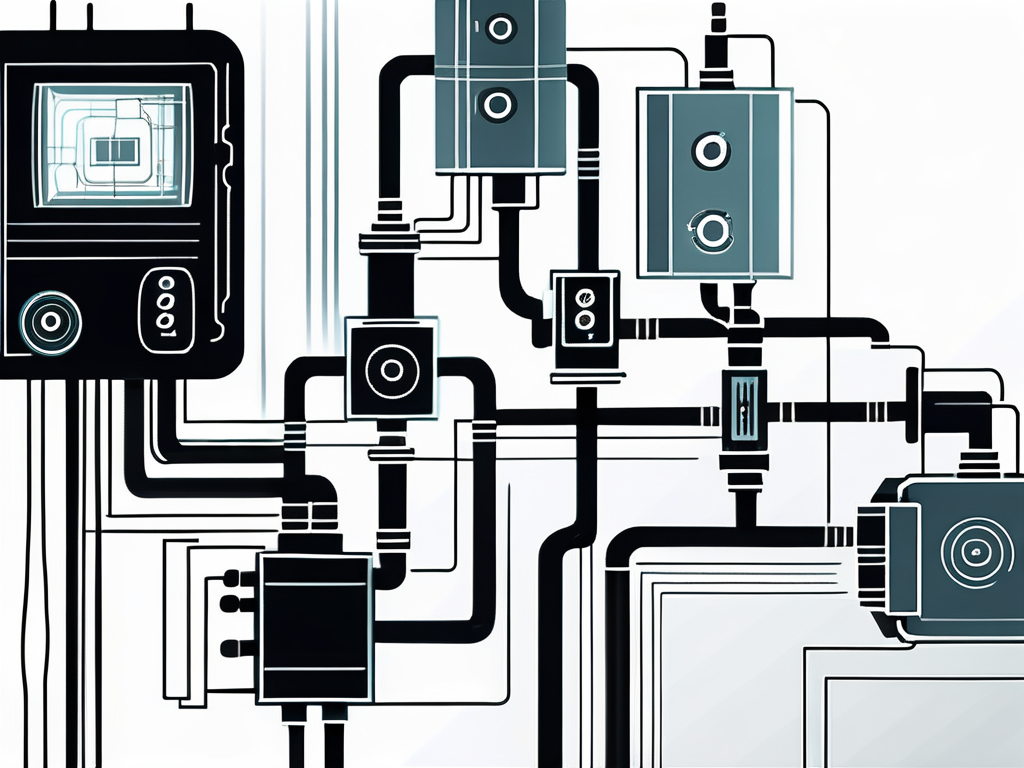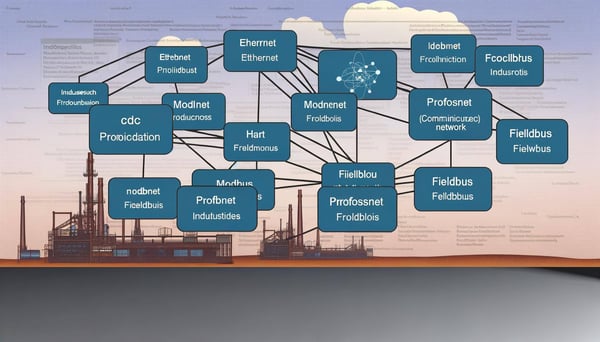
Fundamentals of DeviceNet
In the realm of industrial automation, the importance of robust, reliable, and efficient communication protocols cannot be overstated. Among these, DeviceNet stands out as a leading player, offering a myriad of benefits that make it an indispensable tool in the industrial sector.
Understanding DeviceNet
DeviceNet is a network protocol used in the automation industry to interconnect control devices for data exchange. It harnesses the power of Controller Area Network (CAN) technology, providing a framework that allows devices to communicate in a way that is both efficient and reliable.
Developed by Allen-Bradley, a renowned name in the automation industry, DeviceNet has been widely adopted due to its ability to support complex devices such as photoelectric sensors, limit switches, motor starters, and drives, among others. This versatility makes it a preferred choice for many industrial applications.
Key Features of DeviceNet
DeviceNet is designed with a host of features that make it a robust and reliable solution for industrial communication. One of its key attributes is its support for both cyclic and acyclic communication. This allows for continuous data exchange between devices, as well as on-demand communication for specific tasks or events.
Moreover, DeviceNet supports a wide range of data rates, from 125 Kbps to 500 Kbps, providing flexibility based on the requirements of the application. It also supports a large number of nodes, up to 64, enabling a broad network of devices to be interconnected.
Another notable feature of DeviceNet is its power and signal sharing capability. This allows devices to share power and signal over the same cable, reducing the need for additional wiring and simplifying the overall system architecture.
Implementing DeviceNet
Implementing DeviceNet in an industrial setting involves a series of steps, starting with the design of the network architecture. This includes determining the number of nodes, the data rate, and the type of communication required.

Once the network design is finalized, the next step is the installation of the devices and the network cable. This involves connecting the devices to the network using DeviceNet connectors and ensuring that the network is properly terminated to prevent reflection of signals.
After the installation, the network needs to be configured. This involves setting the node addresses and the data rate for each device, and defining the communication parameters. Once the configuration is complete, the network is ready for operation.
Benefits of Implementing DeviceNet
Implementing DeviceNet in an industrial setting brings a host of benefits. Its support for a large number of nodes and high data rates makes it suitable for complex industrial applications. Moreover, its power and signal sharing capability simplifies the system architecture and reduces installation costs.
Furthermore, DeviceNet's support for both cyclic and acyclic communication provides flexibility in data exchange, allowing for both continuous monitoring and on-demand communication. This can lead to improved efficiency and productivity in industrial operations.
Finally, being a widely adopted protocol, DeviceNet is supported by a large number of devices from various manufacturers. This ensures compatibility and interoperability, making it easier to integrate and expand the network.
DeviceNet in the Future
As the industrial sector continues to evolve, so does the need for efficient and reliable communication protocols. DeviceNet, with its robust features and wide adoption, is well-positioned to meet these demands.

With advancements in technology, we can expect to see improvements in DeviceNet's capabilities. This includes support for higher data rates, more nodes, and more advanced communication methods. These enhancements will further cement DeviceNet's position as a leading protocol in the industrial sector.
Moreover, as the trend towards Industry 4.0 and the Industrial Internet of Things (IIoT) continues, the importance of robust communication protocols like DeviceNet will only increase. By providing a reliable and efficient means of data exchange, DeviceNet will play a crucial role in enabling these technologies and driving the future of industrial automation.
Conclusion
In conclusion, DeviceNet is a powerful tool in the realm of industrial automation. Its robust features, wide adoption, and future potential make it an indispensable protocol for industrial communication. Whether you're looking to improve efficiency, reduce costs, or future-proof your operations, DeviceNet offers a solution that can meet your needs.
As we move towards a more connected and automated future, the importance of reliable and efficient communication protocols like DeviceNet will only continue to grow. By understanding and harnessing the power of DeviceNet, you can position your operations for success in the industrial sector.



